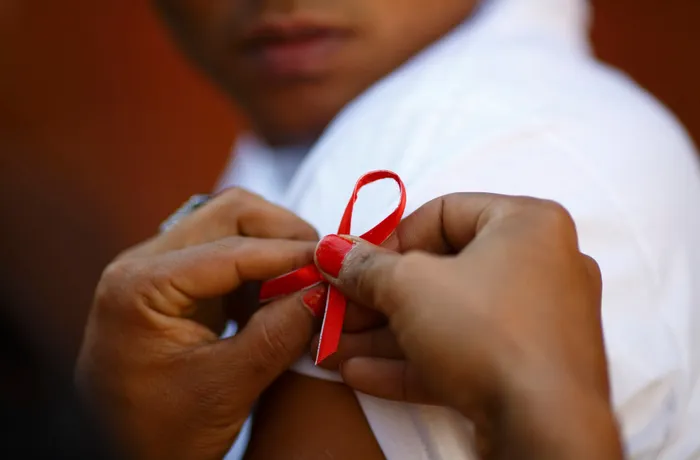South Africa boosts HIV funding amid global crisis affecting children and young women

South Africa’s 2025 budget review includes a 5.9 percent annual increase in overall health expenditure and a 3.3 percent annual rise for HIV and tuberculosis programmes.
Image: Independent Newspapers Archives
As the world faces a historic HIV funding crisis that threatens to reverse decades of progress, South Africa is emerging as a beacon of commitment, funding 77 percent of its national HIV response and pledging further increases in health and HIV spending over the next three years.
According to UNAIDS’ 2025 Global AIDS Update, released last week, South Africa’s 2025 budget review includes a 5.9 percent annual increase in overall health expenditure and a 3.3 percent annual rise for HIV and tuberculosis programmes, along with plans to invest in health systems infrastructure, including a national chronic medicine dispensing system.
But the report, titled “AIDS, Crisis and the Power to Transform”, warns that South Africa is an exception in a world where funding cuts are devastating HIV services, particularly for children and young women in low- and middle-income countries.
In 2024, 620,000 children under 15 living with HIV did not receive treatment, leading to 75,000 AIDS-related child deaths. The year also saw 630,000 AIDS-related deaths globally, with 61 percent of them in sub-Saharan Africa.
“This is not just a funding gap: it’s a ticking time bomb,” said UNAIDS Executive Director Winnie Byanyima. “People, especially children and key populations, are being pushed out of care.”
Adolescent girls and young women aged 15 to 24 are being hit especially hard. In 2024, over 210,000 acquired HIV, an average of 570 new infections every day. Prevention programmes that once protected this group are vanishing as donor funding disappears.
In Nigeria, monthly PrEP (pre-exposure prophylaxis) initiation fell from 40,000 to just 6,000 people, while more than 60 percent of women-led HIV organisations surveyed in early 2025 had lost funding or shut down. In Mozambique, over 30,000 health personnel were affected by funding-related disruptions.
If the crisis continues, UNAIDS estimates 6 million new HIV infections and 4 million AIDS-related deaths could occur between 2025 and 2029.
While 25 countries have pledged domestic increases totalling 180 million US dollars in 2026, UNAIDS warns this is not enough to replace the large-scale donor withdrawals.
Community-led services, crucial for reaching vulnerable populations, are being slashed, while new punitive laws in countries like Uganda and Mali are pushing people further from care.
“There is still time to transform this crisis into an opportunity,” said Byanyima. “Countries are stepping up with domestic funding. Communities are showing what works. We now need global solidarity to match their courage and resilience.”
“In a time of crisis, the world must choose transformation over retreat,” she added. “Together, we can still end AIDS as a public health threat by 2030 if we act with urgency, unity, and unwavering commitment.”
Related Topics: